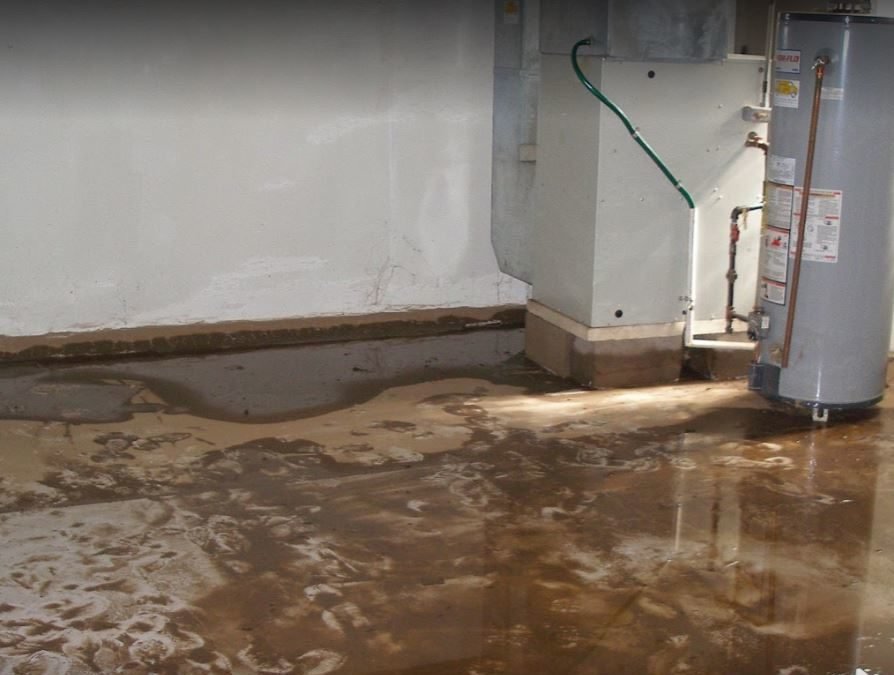
Identifying Water Leakage in Your Basement
Water leakage in your basement can lead to significant problems if not addressed promptly. The common signs of water infiltration and moisture include:
- White powdery deposits (efflorescence) on concrete surfaces.
- Moisture on the lower parts of basement walls.
- Visible water spots or wet areas on the basement floor.
- Persistent humidity and unpleasant odors.
Understanding the Cause
The root of these issues often lies in hydrostatic pressure exerted on the foundation during heavy rainfalls or rapid snowmelts. Key causes include:
- Poor Drainage: Sometimes, what appears to be an unobstructed drain is actually hindered by soil blocking the access holes, preventing proper water drainage.
- Iron Ochre: This problem arises when iron bacteria in groundwater interact with the atmosphere, creating an orange sludge that clogs drainage systems.
- Absence of a French Drain: Particularly in buildings constructed before 1950, the lack of a French drain around the foundation can lead to water infiltration and cement degradation.
Our Long-Lasting Solution
Addressing water infiltration involves waterproofing the foundation and installing an effective drainage system. This can be done either from the inside or outside of the building, depending on the specific circumstances and constraints.
Scope of Work:
Exterior Approach
Excavation:
We carefully excavate near the foundation, using equipment that minimizes property damage.
Waterproofing:
A seamless elastomeric membrane is sprayed below ground level for effective waterproofing.
French Drain Installation:
A French drain is installed near the foundation footing, covered with crushed stone for effective soil drainage.
Optional Drainage Panel:
Depending on the soil type, a drainage panel may be installed to ensure vertical drainage and protect the membrane.
Note:
Exterior drainage can sometimes encounter obstacles, particularly in buildings with shared walls. In these cases, interior drainage may be a more suitable option.
Scope of Work:
Interior Approach
Trenching and Drain Installation:
A trench is dug alongside the foundation walls, where the SDI Pro floor drain is installed above the foundation footing. This drain channels water to the MultiFlow drain under the slab.
Sump Tank and Pump Installation:
A sump tank with a pump is connected to the drain, ensuring efficient water removal.
Covering and Leveling:
The SDI Pro drain is covered with crushed stone and concrete, leveled to match the existing slab, with inspection and cleaning ports installed as needed.
Addressing Iron Ochre Issues
For properties affected by iron ochre, CP Reparation Fondation installs an interior drainage system with multiple access points. This method effectively manages iron ochre issues non-invasively and cost-effectively.
Choose CP Reparation Fondation for Expert Solutions
With CP Reparation Fondation, you get state-of-the-art waterproofing and drainage solutions tailored to your property’s needs. Our unique systems are designed to handle complex challenges like iron ochre, providing lasting protection for your foundation.
